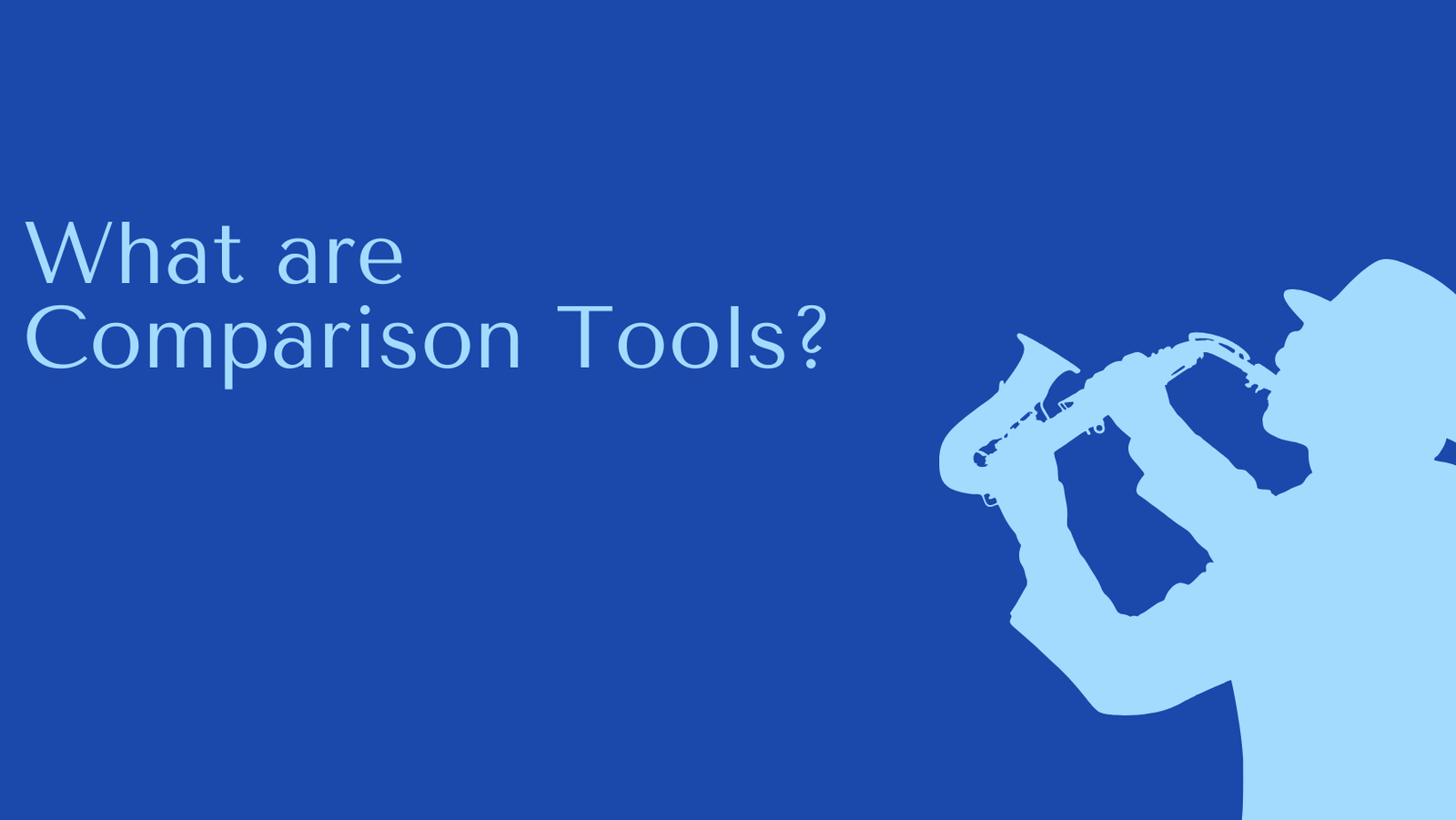Comparison tools are digital platforms that help users evaluate products, services, or financial options by providing side-by-side comparisons. These tools collect and analyze data from multiple sources, offering real-time insights into pricing, features, and customer reviews.
From e-commerce and travel to finance and software, comparison tools simplify decision-making by saving time, improving transparency, and ensuring smarter choices. With AI-driven personalization and predictive analysis, modern comparison tools provide even more Comparison tools and insights tailored recommendations.
However, users should verify information, cross-check sources, and consider long-term value instead of relying solely on price. By leveraging these tools effectively, consumers and businesses can make more informed and confident decisions.
Table of Contents
Introduction
In a world overloaded with options, how do you choose the best one? Making informed selections can be difficult, whether you’re purchasing a product, selecting an insurance plan, or booking a flight. That’s where comparison tools come in, providing real-time data to help you make smarter decisions.
Let’s look at how these tools function, their benefits, and how you may use them to make the best decisions.
Understanding Comparison Tools.
What are Comparison Tools?
Comparison tools are digital platforms or software that allow consumers to compare items, services, and financial possibilities side by side. They compile data from several sources to provide a detailed summary of cost, features, and reviews.

How Do They Work Comparison tools and insights?
Most comparison tools use data scraping, APIs, and AI-powered algorithms to fetch and organize relevant information. Some rely on user-generated reviews, while others integrate directly with providers to ensure real-time accuracy.
Types of Comparison Tools
Different tools address different needs. Here are a few common types:
Price Comparison Tools.
Assist shoppers in finding the greatest deals (e.g., Google Shopping, Honey).
Product Feature Comparison Tools.
Allow people to compare specifications (such as GSMArena for smartphones).
Service Comparison Tools
Consider quality, affordability, and user experience (for example, Yelp for restaurants and Trustpilot for services).
Financial Comparison Tools.
Compare loans, credit cards, and investments (such as NerdWallet and Bankrate).
Comparison tools improve decision-making
saving time and money.
Instead of carefully investigating various solutions, consumers may obtain quick, complete comparisons in one spot.

Access to real-time data
Live updates ensure accuracy, so you may always make decisions based on the most recent facts.
Increased transparency
Comparison tools cut down pricing, features, and user comments. eliminate hidden surprises.
Popular comparison tools in various industries.
E-commerce: Amazon, Google Shopping.
Skyscanner and Expedia offer travel and hospitality services, while NerdWallet and Comparison tools and insights Bankrate provide financial services.
Software & SaaS: G2, Capterra
Key Features to Consider in Comparison Tools
🔍 User-friendly Interface
A sleek, user-friendly layout makes navigation easier.
🔍 Comprehensive data aggregation.
Reliable tools combine data from numerous sources to provide a comprehensive view.
🔍 Customization Option
Advanced filters assist to narrow results based on individual tastes.
🔍 Trustworthiness and credibility.
Look for sites that have verified reviews and use open data sources.
The Role of AI in Modern Comparison Tools:
AI-driven recommendations
AI learns user behavior to make personalized recommendations.
🤖 Predictive Analytics
Machine learning predicts patterns, allowing you to make proactive Comparison tools and insights decisions.
Common Pitfalls When Using Comparison Tools.
Overreliance on pricing – The cheapest option is not necessarily the best.
Cross-check for outdated or misleading information. details from multiple sources.
Biased reviews – Some platforms promote sponsored products.
How to make the most of comparison insights.
✅ Verify information from several sources.
✅ Utilize multiple tools to ensure accurate results.
✅ Think long-term – Consider quality and longevity in addition to price.
Future Trends for Comparison Tools
🚀 AI and Machine Learning for personalized recommendations. 🚀 Blockchain Integration for transparent, tamper-proof evaluations.
🚀 Augmented Reality (AR) Comparisons: Visualizing products before purchasing.
Read Also:
Top Features to Include in Your Comparison Site Guide
Creating a Comparison Site Guide That Boosts Your SEO and Traffic
How to Maximize Your Marketing Strategy with a Comparison Site Guide
Expert Tips for Writing an Effective Comparison Site Guide
The Role of a Comparison Site Guide in Your Digital Marketing Funnel
Conclusion
Comparison tools are a big changer in today’s digital landscape. They allow you to save time, money, and effort while making informed judgments. To achieve the greatest outcomes, constantly verify sources, use several platforms, and plan ahead of time.
Frequently Asked Questions
Q. Are comparison tools always accurate?
A. Not always. Some tools rely on outdated or biased data, so Comparison tools and insights it’s best to cross-check.
Q. Are comparison tools free to use?
A. Most are free, but some offer premium features for more detailed insights.
Q. Can I trust online reviews in comparison tools?
A. Be cautious—some reviews are sponsored. Always Comparison tools and insights check multiple sources.
Q. Which comparison tool is best for online shopping?
A. Google Shopping and Honey are great for price tracking and deals.
Q. How do I ensure I make the right decision?
A. Use multiple comparison tools, read reviews carefully, and consider long-term value over just price.



Add a Comment